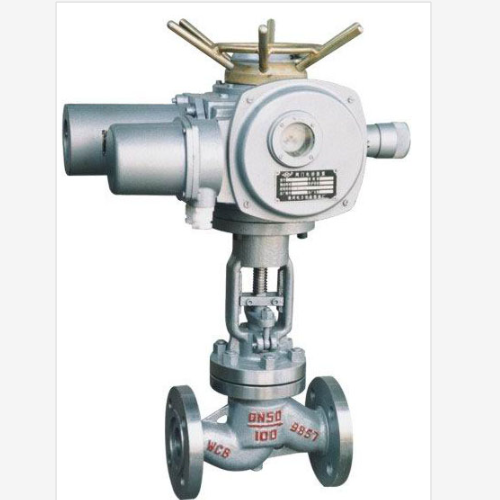pneumatic actuated butterfly valve manufacturer
Understanding Pneumatic Actuated Butterfly Valves A Guide for Manufacturers
Pneumatic actuated butterfly valves are crucial components in various industrial applications, offering efficient control of fluid flow and pressure. As industries continue to evolve, the demand for reliable, high-performance valves has surged, leading to significant developments in their manufacturing. This article explores the intricacies of pneumatic actuated butterfly valves, their advantages, and the manufacturing process, aimed at enhancing the understanding of potential buyers and manufacturers alike.
What is a Pneumatic Actuated Butterfly Valve?
A pneumatic actuated butterfly valve consists of a circular disc or plate that rotates around a central pivot point to control fluid flow. The valve is operated using pneumatic pressure, which is supplied by compressed air. When the actuator receives a signal, it opens or closes the valve by rotating the disc, thereby regulating the flow. These valves are commonly used in various industries such as water treatment, chemical processing, oil and gas, HVAC, and food and beverage.
Advantages of Pneumatic Actuated Butterfly Valves
1. Quick Operation One of the key benefits of pneumatic actuated valves is their rapid response time. The use of compressed air allows for quick opening and closing, making them ideal for applications requiring immediate flow regulation.
2. Compact Design Compared to other types of valves, such as gate or globe valves, butterfly valves have a smaller footprint. This space-saving design is advantageous in installations where space is a constraint.
3. Reduced Torque Requirements The design of butterfly valves minimizes the torque needed to operate them. This feature results in lower energy consumption and allows for the use of smaller actuators, reducing overall costs.
4. Versatility Pneumatic actuated butterfly valves can handle a wide range of fluids, including gases, liquids, and slurries. Their versatility makes them suitable for various applications, from low to high-pressure systems.
5. Simple Construction and Maintenance The straightforward design of butterfly valves makes them easier to manufacture, install, and maintain. Regular maintenance can often be performed without removing the valve from the pipeline, thus reducing downtime.
pneumatic actuated butterfly valve manufacturer

Manufacturing Process
The manufacturing of pneumatic actuated butterfly valves involves several key steps
1. Material Selection High-quality materials must be chosen for durability and compatibility with the fluids being handled. Common materials include stainless steel, carbon steel, and various plastics.
2. Casting or Machining The component parts, including the body, disc, and seat, can be produced using casting or machining processes. Each method has its advantages, depending on the required specifications and batch sizes.
3. Assembly After the individual components are manufactured, they are assembled into a complete valve. This step includes attaching the pneumatic actuator, which is often made from aluminum or stainless steel for corrosion resistance.
4. Testing Quality control is critical in valve manufacturing. Each valve undergoes rigorous testing to ensure it meets industry standards for pressure, leak-tightness, and operational performance. This step is vital to guarantee reliability and safety in the field.
5. Finishing Final touches, such as surface treatment and painting, may be applied to protect against corrosion and enhance durability. Proper finishing also improves the aesthetic appeal of the product.
Conclusion
As a manufacturer, understanding the nuances of pneumatic actuated butterfly valves is essential for producing high-quality products that meet industry demands. With their numerous advantages, including quick operation, compact design, and ease of maintenance, these valves continue to be a preferred choice in many industrial applications. By adhering to rigorous manufacturing processes and quality standards, manufacturers can ensure the reliability and efficiency of these vital components. As industries grow and evolve, the role of pneumatic actuated butterfly valves will remain significant, driving innovation and efficiency in fluid control technologies. Businesses looking to invest in these technologies should prioritize high-quality manufacturers who focus on performance and durability, ensuring that their operational needs are met for years to come.
-
The Key to Fluid Control: Exploring the Advantages of Ball Valves in Industrial SystemsNewsJul.09,2025
-
The Versatile World of 1, 2, and 3 Piece Ball ValvesNewsJul.09,2025
-
Stainless Steel Ball Valves: The Ideal Choice for Efficient Flow ControlNewsJul.09,2025
-
Optimizing Fluid Control with Ball Float ValvesNewsJul.09,2025
-
Manual Gate Valves: Essential for Control and EfficiencyNewsJul.09,2025
-
Everything You Need to Know About Butterfly ValvesNewsJul.09,2025
-
The Versatility of Wafer Type Butterfly ValvesNewsJul.08,2025




